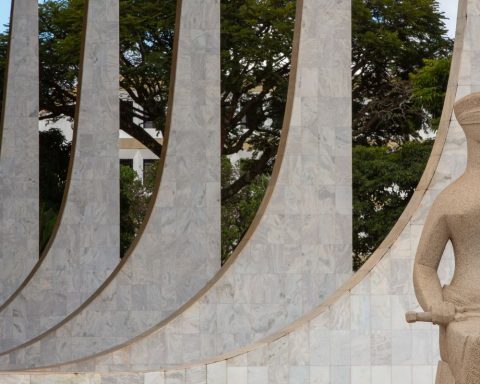Florida, located southeast of Santiagois one of the most recognized communities in the Metropolitan Region. Although its official establishment dates back to November 28, 1899, when its municipality was created by Constitutional Decree, its history goes back much further in time. Since the 18th century, this territory began to consolidate itself as an important urban center with the creation of the Parish of Florida in 1744.
The name of the commune finds its origin in the farm “Florida“, property of Victorino Rojas Magallanes. This extensive land extended from the current La Florida Avenue to the foothills, covering what are today Santa Julia and Enrique Olivares streets. According to historical records, the sector was divided into two: “La Florida “, located under the San Carlos canal, and “La Florida Alta”, to the north of it. In addition, areas such as El Rincón de La Florida, at the foot of the Chuequén hill, are also part of this story.
The history of Florida It is not only a reflection of the urban development of Santiago, but also a testimony of the transformation of an old farm into one of the most dynamic communes of the capital. Its evolution began in the colonial era, when the haciendas were the economic engine of the region, and continued during the 19th century with its institutionalization as a municipality.
Although some details about the exact origin of the name remain up for debate, its link to the land and agriculture is undeniable. This is highlighted by sources such as the Digital Encyclopedia of Santiago and the official site of the municipality, which underline the importance of the farm and the rural structure in the identity of the commune.
Today, the Florida It is an example of how the historical roots of a place can become the pillar of its current identity, keeping the memory of its past alive while moving into the future.


















